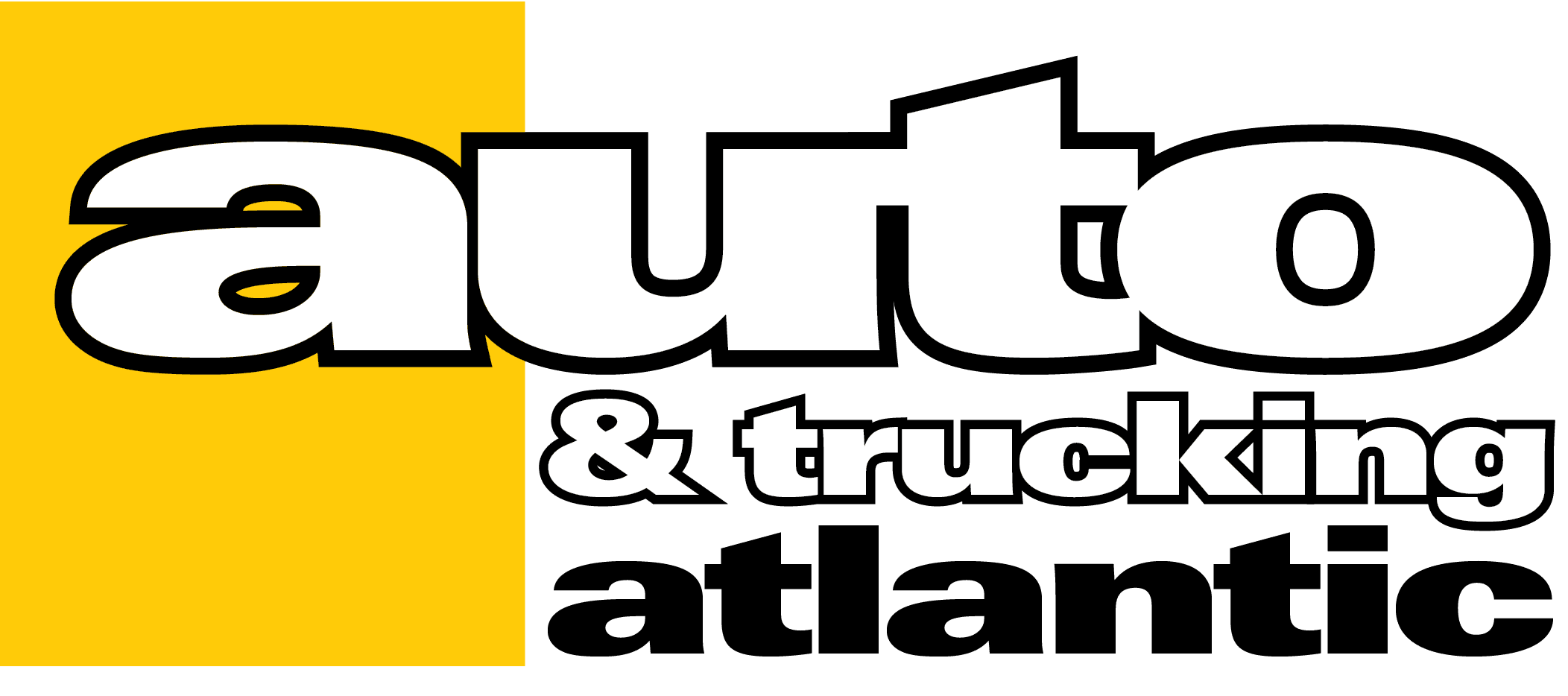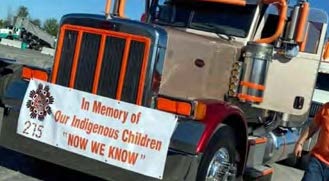It was truly a site to behold.
By Carter Hammett
On June 20, Father’s Day, a convoy of trucks poured through downtown Ottawa to honour the 215 children whose remains were found the previous month at a former residential school near Kamloops B.C..
Organizer Roger Steepe was quoted as saying he “didn’t want to make today a political thing. I wanted it to be a humanitarian thing. We’re all in it together. We’re all one community, one person, one humanity. It doesn’t matter if you’re Indigenous or not, we’ve got to support each other.”
Moving its way down Highway 417, the convoy passed by Parliament Hill before making its way back to the highway where the rally ended.
“As I saw the trucks roll in this morning, it really hit me that in a short time we could get all these drivers, especially on a Father’s Day to come and do this,” said Steepe. “Some people say we shouldn’t do it on a Father’s Day but all those kids didn’t get the chance to have a Father’s Day with their dad.”
The Father’s Day convoy in Ottawa follows a June 5 convoy organized by trucker Mike Otto in Kamloops. Over 50 vehicles headed to Kamloops, joining school buses and emergency vehicles and others in one of three separate convoys that converged on the former residential school site.
The convoys were among the lowered flags, vigils, moments of silence and other symbolic acts of support across the country for Indigenous peoples after Tk’emlups te Secwepemc confirmed that penetrating radar detection had identified the unmarked gravesite near the former school, which operated from 1890 to 1969.
But the highest and loudest visibility came from the dozens of drivers who joined convoys in a parade of support for First Nations people while drawing attention to the atrocities—As we were going to press, more unmarked graves were discovered near the former Marieval Indian Residential School east of Regina, S.K.—that have risen to the forefront and taken their place alongside other BIPOC urgencies of the past year.
It’s hard to believe that truckers’ convoys were spawned as an outcome of the USA’s nation-wide 55 mph speed limit imposed back in 1973. Furthermore, 18 wheelers had become the targets of speed traps. Coupled with an oil embargo, the new restrictions made it virtually impossible for truckers to reach their destinations on time. Convoys began so that a plethora of trucks could operate together at high speeds with the idea that if and when they passed a speed trap, only one of the trucks could be pulled over by police. The movement inspired the C.W. McCall song, which inspired a movie.
The movement also became a rallying cry for truckers’ rights shortly after a very frustrated driver named J.W. Edwards picked up his Citizen Band (CB) radio and inadvertently gave American independent truckers their first national voice. Back in the 1970s, CB radios were the social media of their day.
Since then convoys have been used as everything from fundraisers—including the upcoming 10th anniversary Truck Convoy Saturday, September 18th, 2021 in support of Special Olympics Nova Scotia– to the protests that continue to this day. Few things raise people’s ire more than inconvenience, and convoys have a way of drawing attention to causes that other forms of protest don’t.
But on Father’s Day it was a convoy of compassion that captured the attention of residents of the nation’s capital and reminded everyone that an entire country was stunned by the news coming out of Kamloops.
Convoy co-organizer Lyoness Woodstock commented: “ It’s pretty amazing to look in the rear view mirror and see a kilometre and a half of trucks with flags and ribbons and orange shirts on, four way flashers going, headlights on. It really puts a lump in your throat.”

